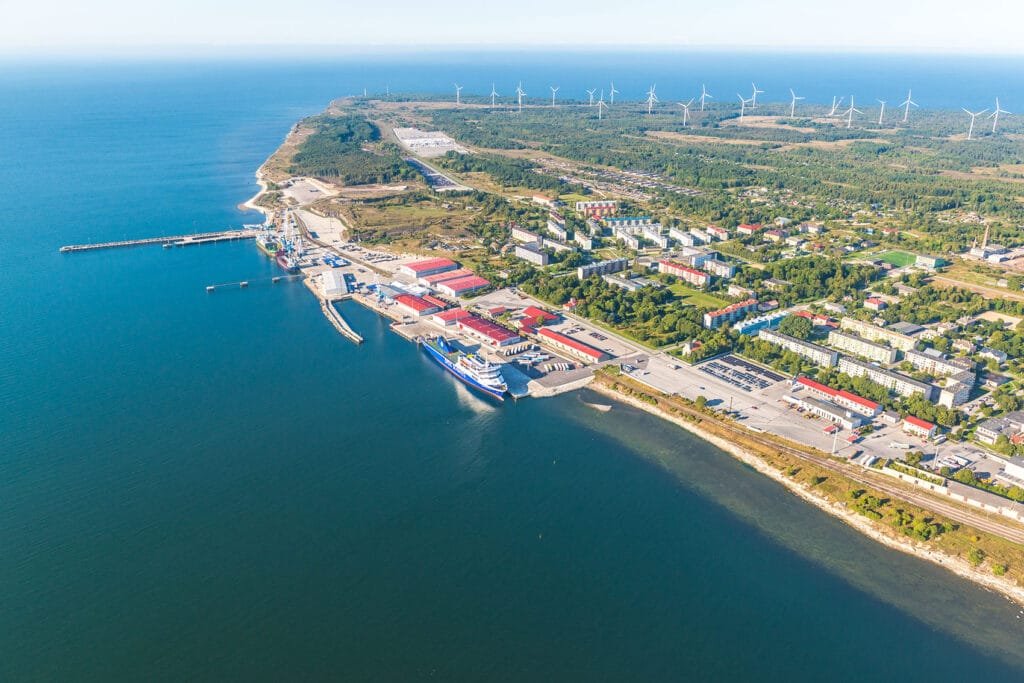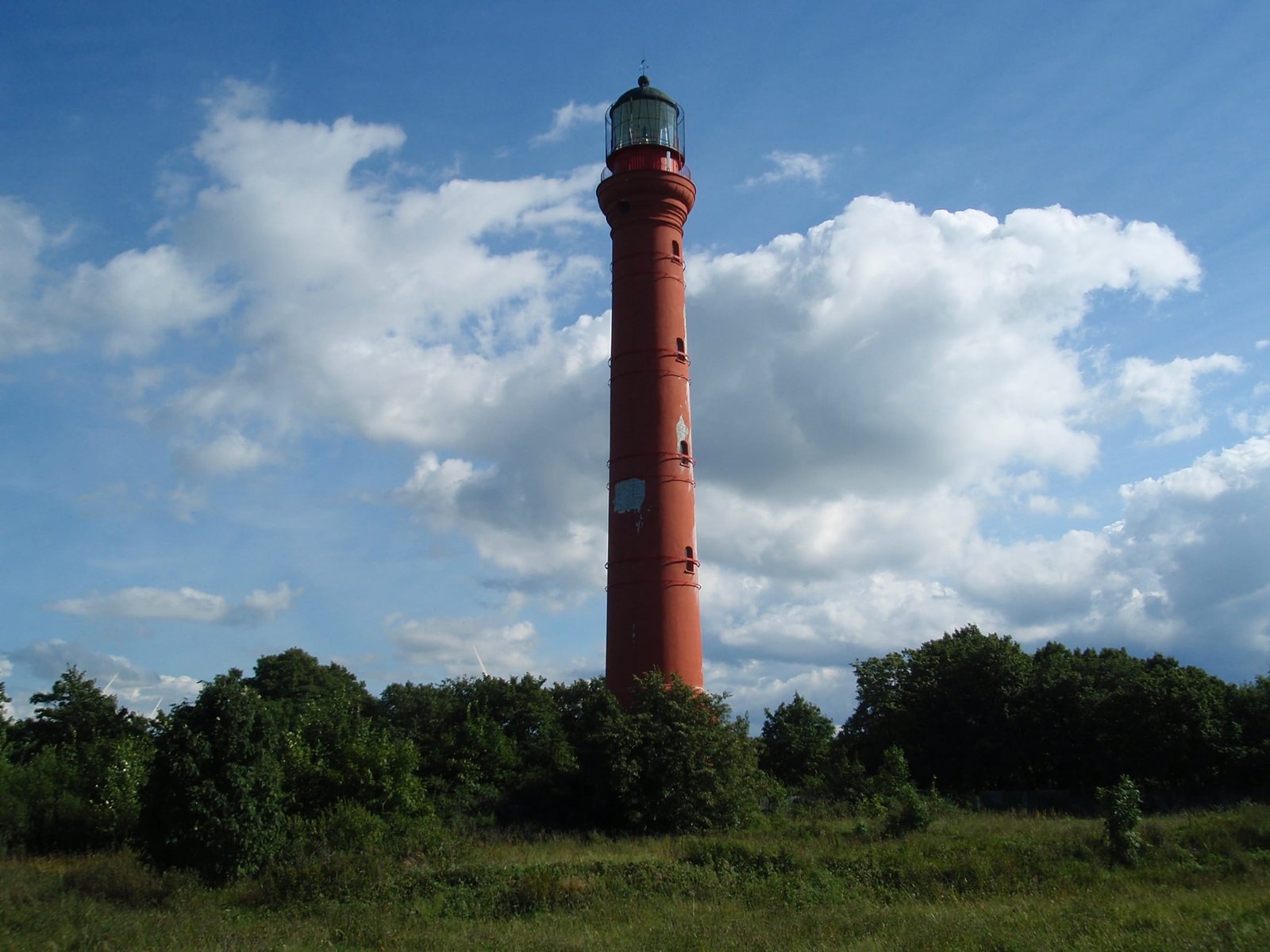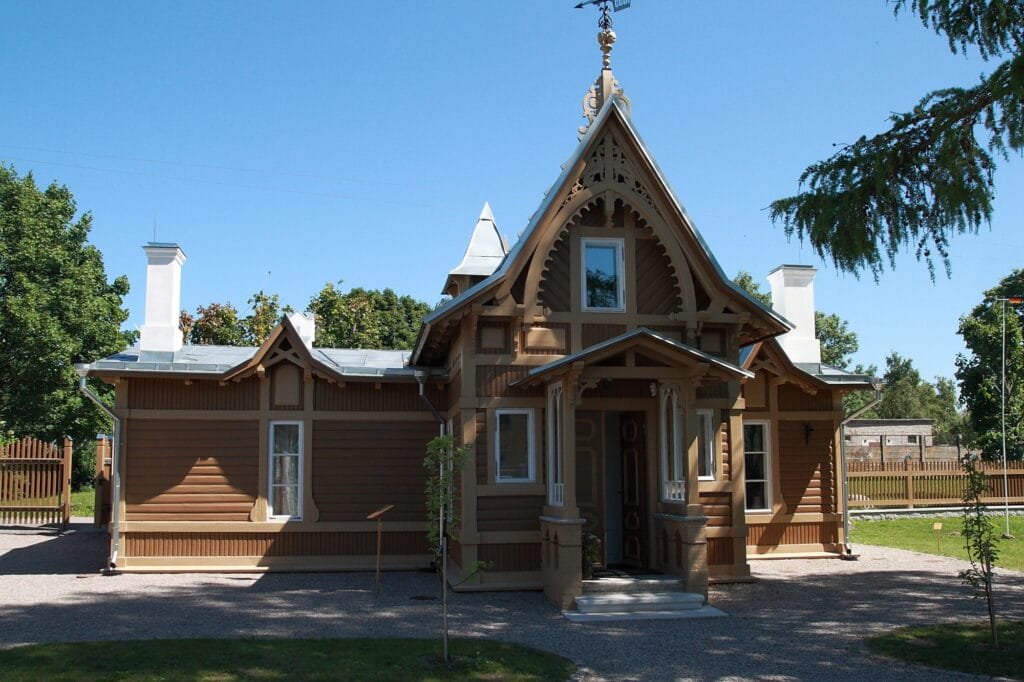Nestled on the Pakri Peninsula along Estonia’s northwestern coast, Paldiski is a town rich in history, natural beauty, and cultural significance. Once a closed Soviet military base, Paldiski has transformed into a destination that offers visitors a unique blend of historical landmarks, scenic landscapes, and a glimpse into Estonia’s maritime heritage.
Historical Overview

Paldiski’s origins trace back to the 17th century when it was a small Swedish settlement known as Rågervik. Recognizing its strategic importance, Russian Tsar Peter the Great initiated the construction of a naval base and fortress here in 1718, aiming to establish a strong maritime presence on the Baltic Sea. The town was later renamed Baltiyskiy Port under Catherine the Great in 1762. Throughout the 18th and 19th centuries, Paldiski served as a vital military and trade port within the Russian Empire.
During the Soviet era, Paldiski gained prominence as a major naval base. In the 1960s, it became one of the Soviet Union’s primary nuclear submarine training centers, housing two land-based nuclear reactors. The town was sealed off from the public, operating as a closed city until Estonia regained independence in 1991. The last Russian military personnel departed in 1994, marking a new chapter in Paldiski’s history.
Map Location
Cultural and Natural Attractions
Today, Paldiski invites visitors to explore its diverse attractions
Pakri Lighthouse

Erected in 1889, this 52-meter-tall lighthouse stands on the edge of the Pakri cliffs, offering panoramic views of the Baltic Sea and the surrounding landscape. Climbing its 275 steps rewards visitors with breathtaking vistas.
Amandus Adamson Studio Museum

Dedicated to the renowned Estonian sculptor Amandus Adamson, this museum showcases his life and works. Visitors can view original sculptures, personal artifacts, and gain insight into his creative process.
St. Nicholas’ Church

This historic church reflects Paldiski’s architectural heritage and offers a glimpse into the town’s religious history.
Peter the Great’s Naval Fortress
The remnants of this 18th-century fortress, including the Muula hills (bastions), provide a tangible connection to Paldiski’s military past.
Pakri Islands
Located just off the coast, the Pakri Islands are known for their unique flora, fauna, and geological formations. They offer hiking trails and camping opportunities for nature enthusiasts.
Modern Developments
In recent years, Paldiski has evolved into a significant hub for renewable energy and logistics
Pakri Wind Farm
Situated near the old lighthouse, this wind farm consists of eight turbines generating 18.4 MW of electricity, contributing to Estonia’s renewable energy efforts.
Paldiski South Harbour
Operated by the Port of Tallinn, this harbour serves as a crucial cargo port, facilitating trade and transportation between Estonia and other countries.
Visiting Paldiski
Paldiski is accessible via various modes of transportation
By Train
Regular trains connect Paldiski to Tallinn, offering a scenic journey through Estonia’s northern landscapes.
By Car
The town is approximately 45 kilometers west of Tallinn, making it a convenient drive for day trips.
By Ferry
Ferry services operate between Paldiski and destinations such as Kapellskär, Sweden, providing an alternative route for travelers.
Accommodations in Paldiski range from guesthouses to bed and breakfasts, ensuring a comfortable stay for visitors. Local eateries offer a taste of Estonian cuisine, with establishments like Tavern Peetri Toll being popular among both locals and tourists.
Conclusion
Paldiski stands as a testament to Estonia’s rich history and resilience. From its strategic military significance to its modern advancements in renewable energy, the town offers a unique blend of past and present. Whether you’re a history enthusiast, nature lover, or simply seeking a peaceful retreat, Paldiski provides a memorable experience on the Baltic coast.
FAQs
1. What is the best time to visit Paldiski?
The summer months (June to August) offer pleasant weather, making it ideal for exploring outdoor attractions like the Pakri cliffs and islands.
2. Are guided tours available in Paldiski?
Yes, guided tours are available and provide in-depth insights into the town’s history and landmarks. It’s advisable to book in advance, especially during peak tourist seasons.
3. Can I visit the Pakri Islands year-round?
Access to the Pakri Islands may be weather-dependent. It’s recommended to check with local tour operators for the best times to visit and available services.
4. Is Paldiski suitable for a day trip from Tallinn?
Absolutely. With its proximity to Tallinn, Paldiski makes for an excellent day trip destination, offering a variety of attractions and experiences.
5. What dining options are available in Paldiski?
Paldiski offers several dining establishments, with Tavern Peetri Toll being a notable option serving a range of local and European dishes.

